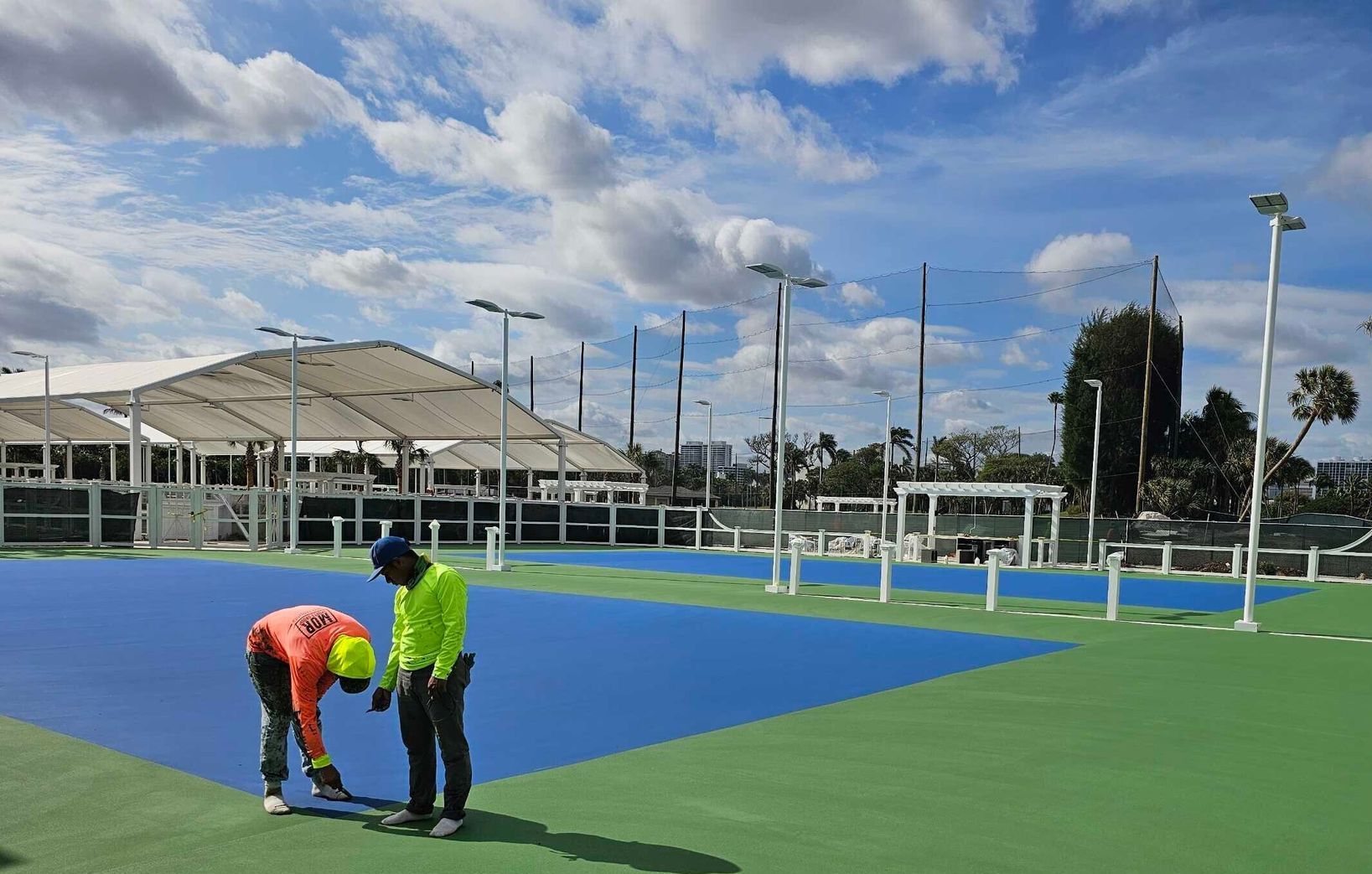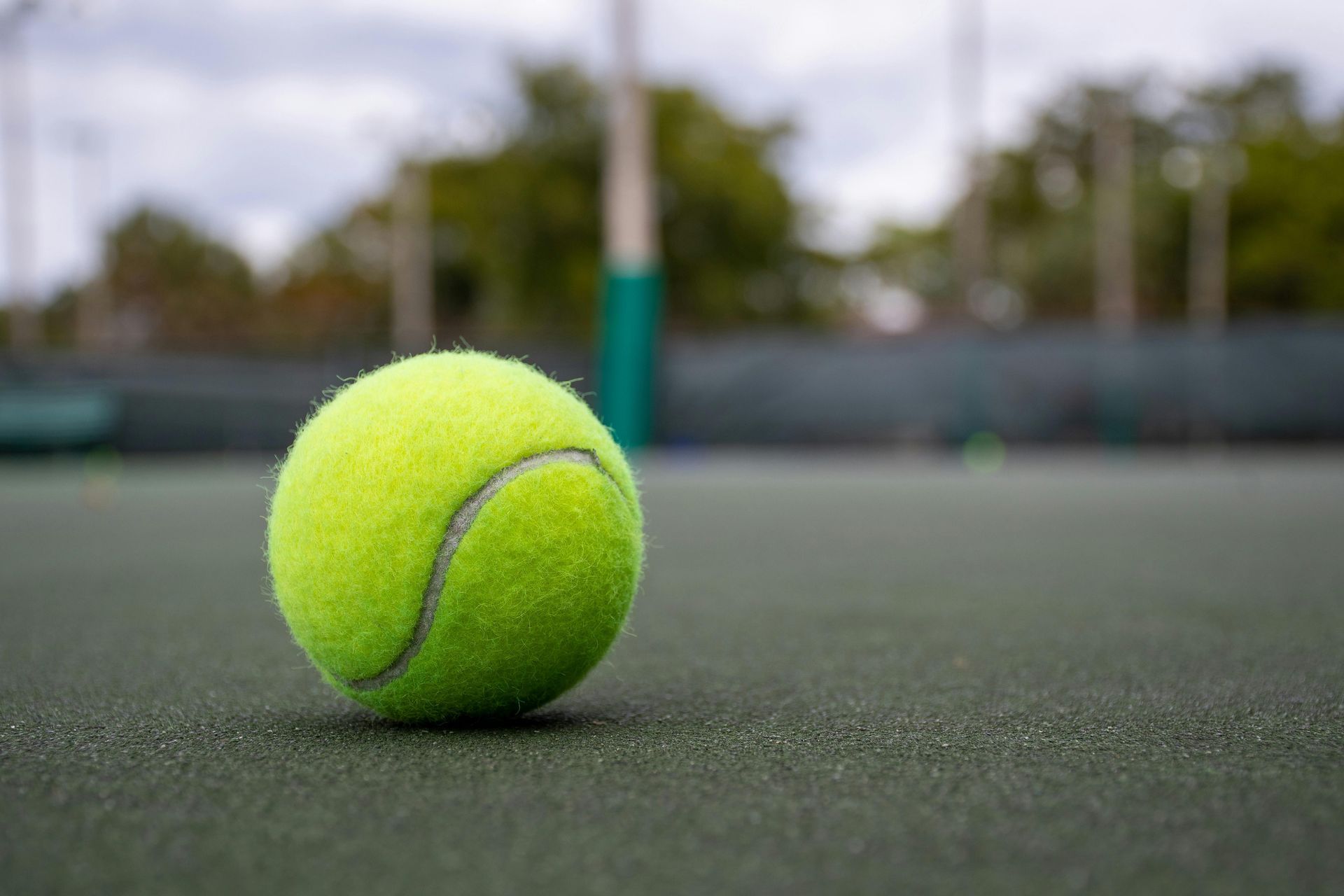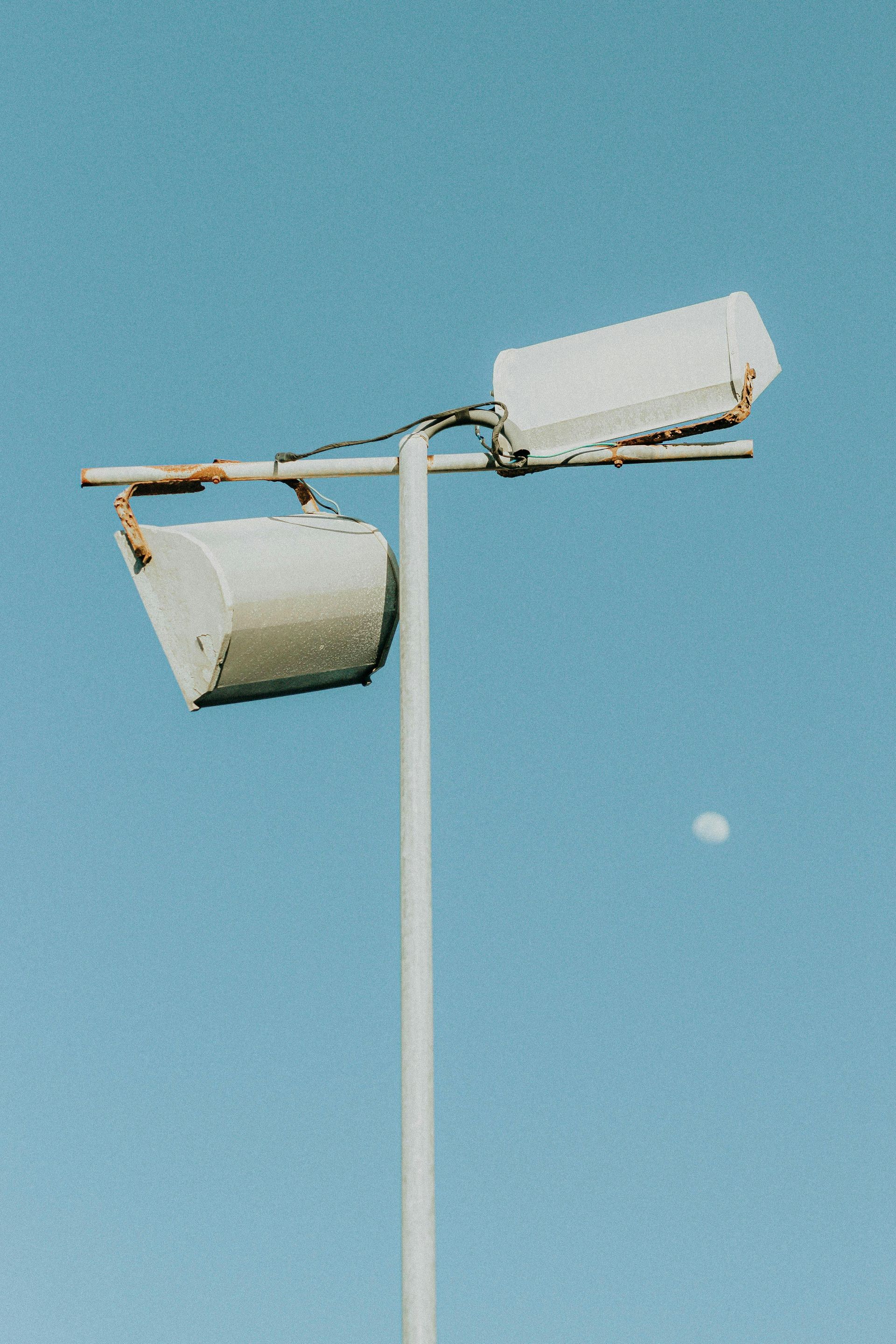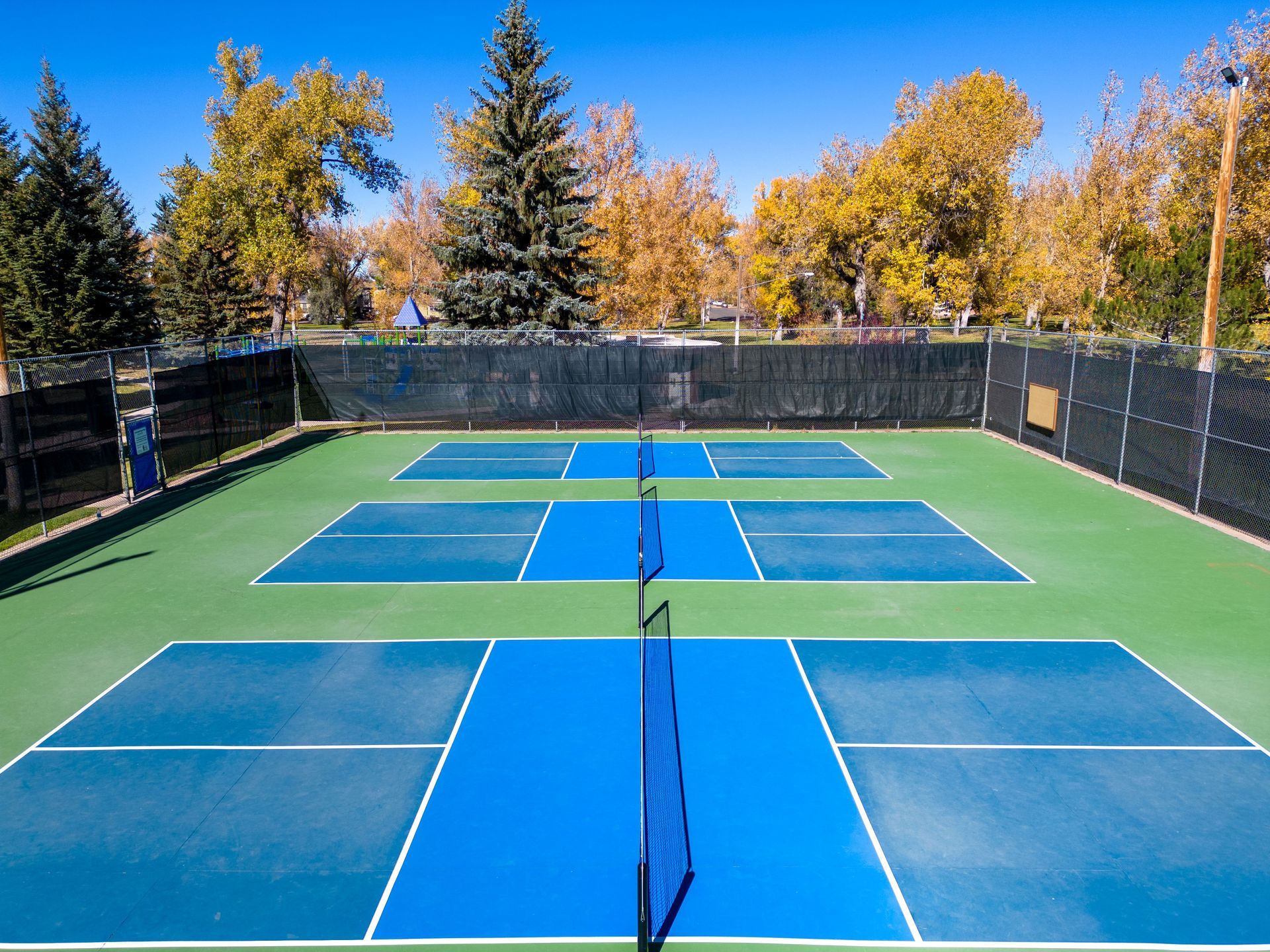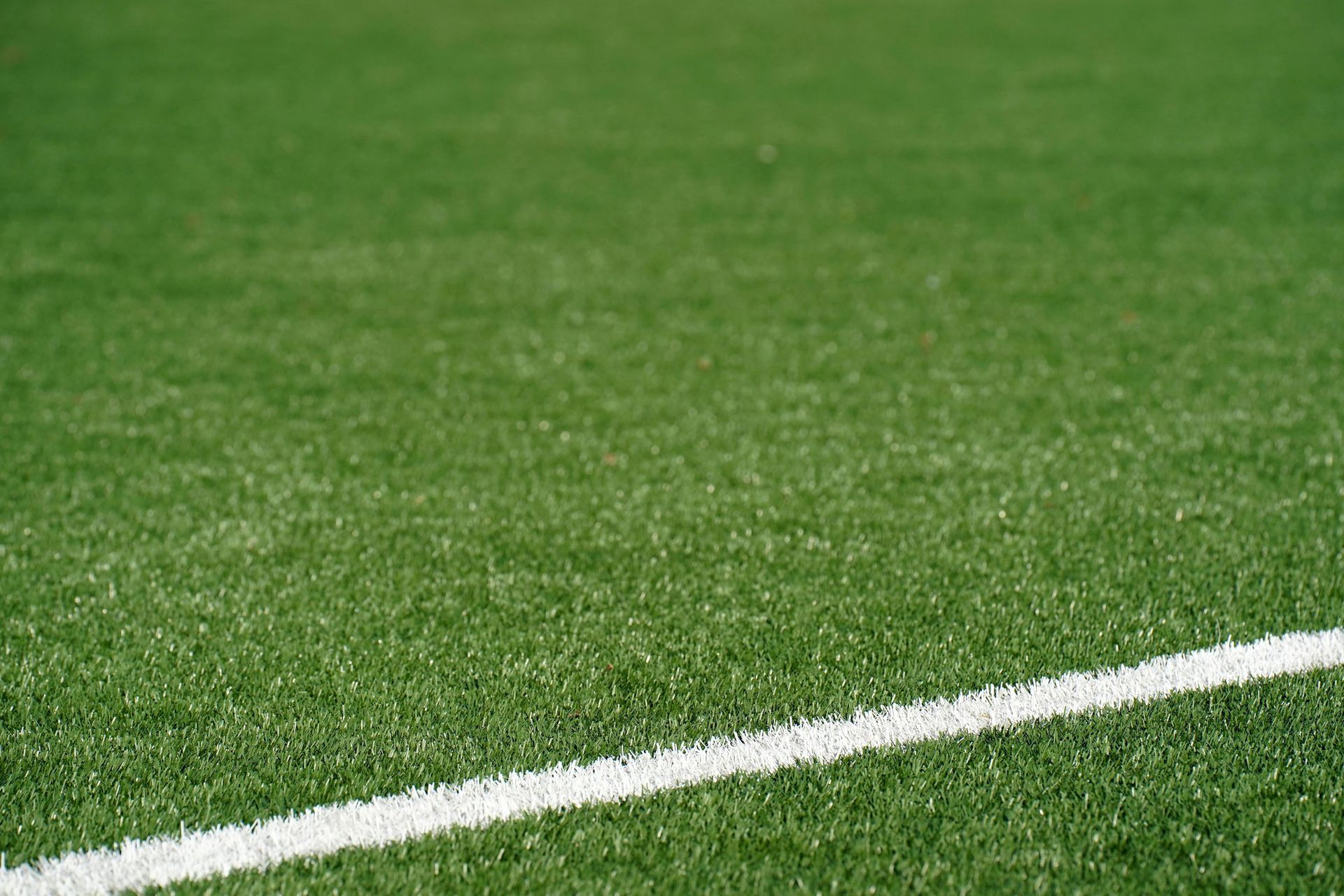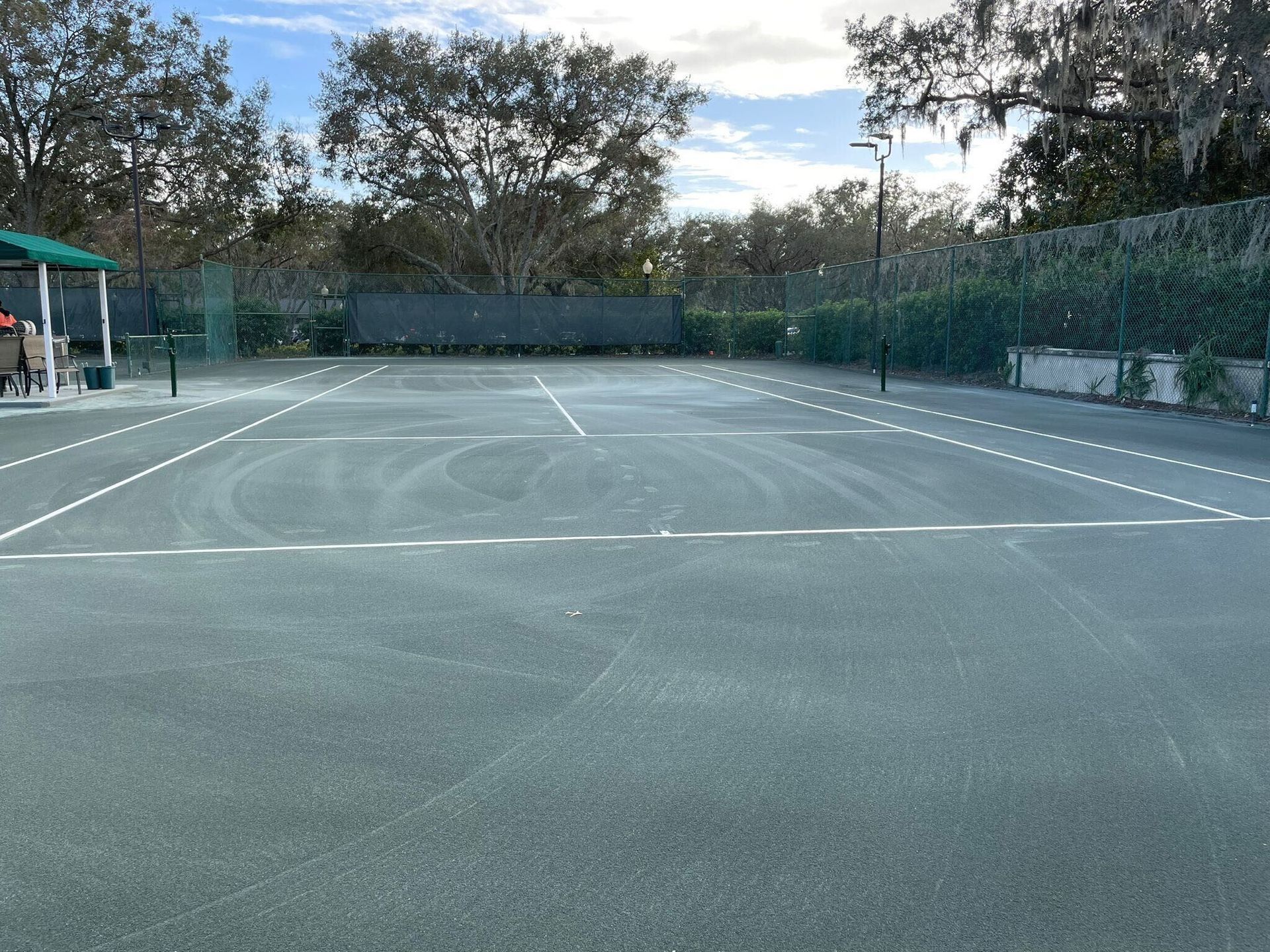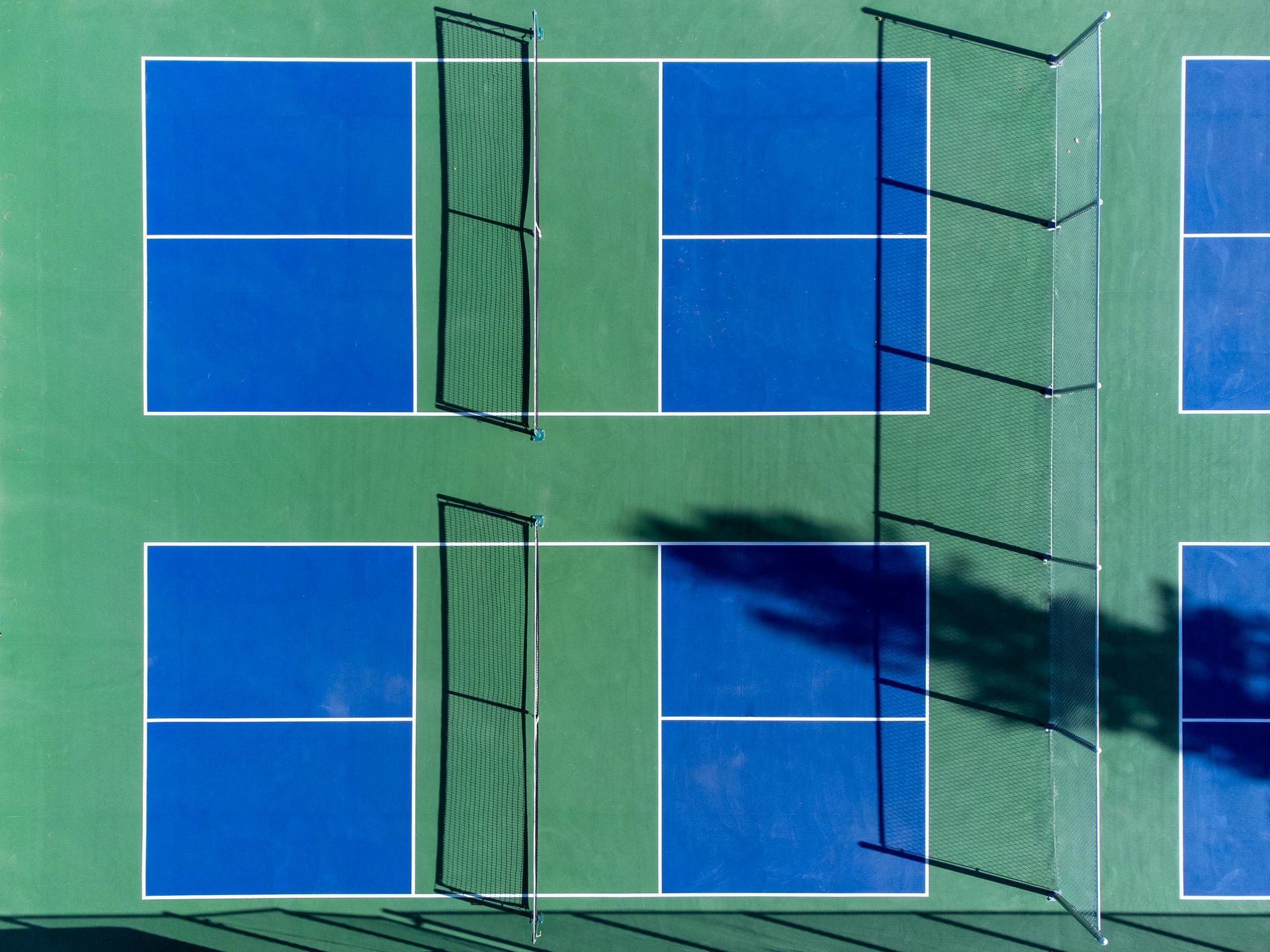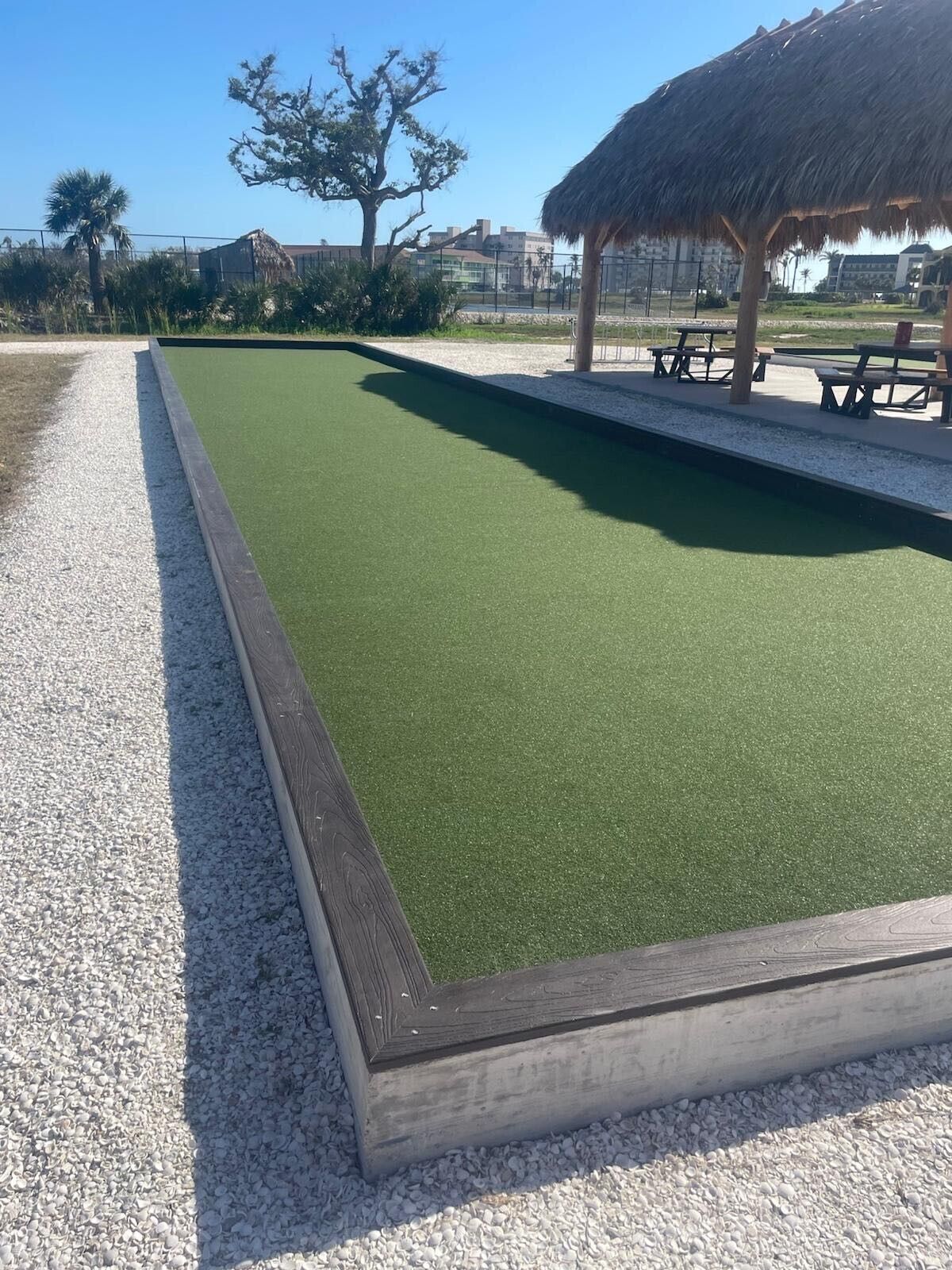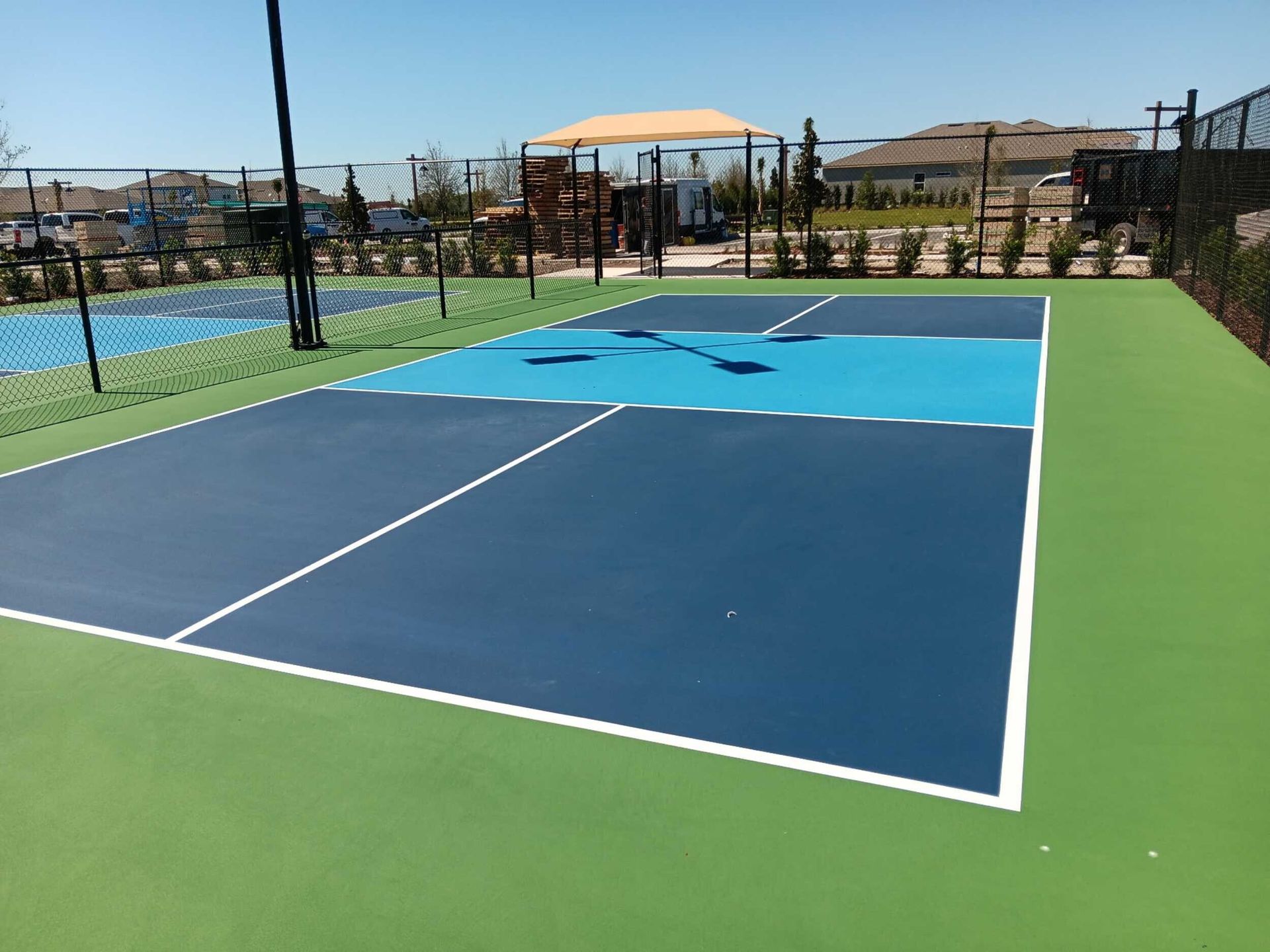Why Red Clay Is Preferred for Court Construction
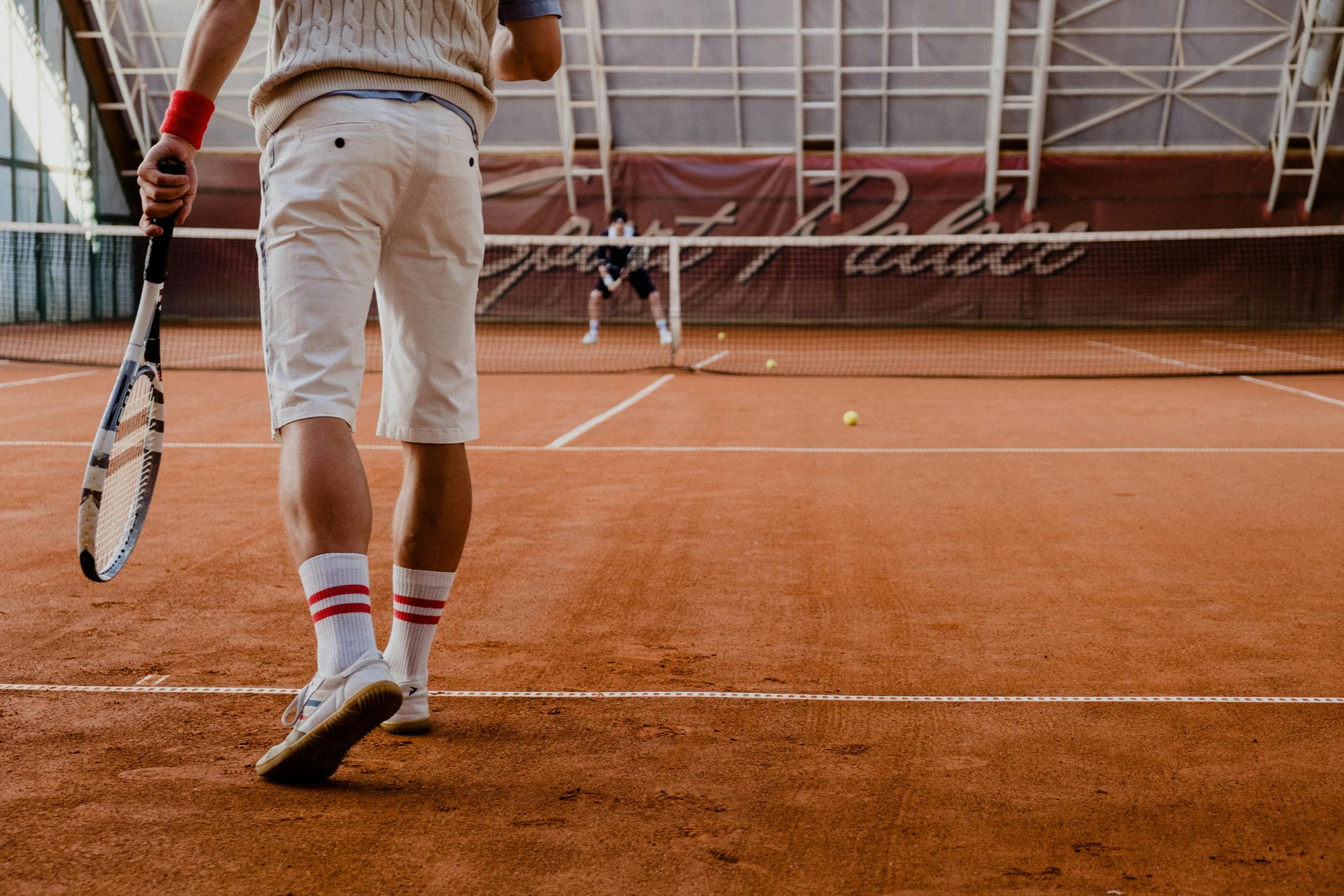
When you think of tennis, chances are the iconic red clay courts of the French Open come to mind. There’s something timeless about the rich, earthy color and the unique playing style it inspires. Have you ever wondered why red clay is such a popular choice for court construction? It’s not just about aesthetics—this surface has distinct characteristics that enhance gameplay and offer unique benefits for both players and court owners. Let’s dig into why red clay courts hold a special place in the world of tennis.
Characteristics of Red Clay Courts
Red clay courts are made from crushed bricks or shale layered over a packed base. The top layer of fine particles gives the court its vibrant hue and distinct texture. This surface has some remarkable features that set it apart:
- Moisture Retention: Red clay holds onto water exceptionally well, keeping the surface cool and preventing cracking. This feature is particularly useful in hot climates.
- Softness: Unlike concrete, clay is much gentler on players’ joints and bodies, making it a more forgiving surface for intense matches.
- Ball Behavior: Clay courts are known for slowing the ball down and causing a higher bounce, creating a unique playing experience that emphasizes strategy over power.
Benefits of Red Clay for Court Construction
Discover how red clay enhances gameplay, prioritizes player safety, and offers long-term value for court owners. From its slower pace that emphasizes strategy to its softer surface that reduces player injuries, red clay provides a unique experience that balances enjoyment with sustainability. These advantages make it a preferred choice for tennis enthusiasts and professionals alike.
Enhanced Playability
Red clay offers a slower-paced game, which gives players more time to react and strategize. The higher bounce of the ball is ideal for baseline players who thrive on long rallies and tactical gameplay. This surface levels the playing field, making matches less about raw power and more about endurance and precision.
For beginners and recreational players, the slower speed of red clay courts can be less intimidating, providing an excellent environment to practice and improve skills. Professionals, too, appreciate the opportunity clay courts offer to develop a well-rounded game.
Surface Safety and Comfort
One of the standout features of red clay is its softness compared to hard courts. This reduces the impact on players' bodies, lowering the risk of injuries and minimizing wear and tear on joints. If you’ve ever played on a concrete court and felt the strain afterwards, you’ll know what a big deal this is.
Clay courts also allow players to slide into their shots, reducing abrupt stops and creating a smoother experience. This sliding motion is less jarring on the body and adds an element of fun to the game.
Durability and Maintenance
While red clay courts require regular upkeep, their overall lifespan can be quite long when properly maintained. Routine tasks like raking, leveling, and watering keep the surface in top shape and ensure a consistent playing experience. Seasonal maintenance, such as adding fresh clay, rejuvenates the court and keeps it looking as good as new.
Unlike synthetic surfaces that might need full replacement after wear, red clay can be restored incrementally, making it a sustainable choice in the long run.
Why Red Clay is Popular in Competitive Tennis
It’s impossible to talk about red clay without mentioning the French Open. This Grand Slam tournament has become synonymous with the surface, showcasing the drama and strategy that clay courts inspire. The slower pace and high bounce of the surface demand a unique set of skills, and some of the sport’s greatest legends, like Rafael Nadal, have built their careers mastering it.
Red clay courts are revered in tennis for their distinctive characteristics and the way they shape the game. Let’s explore the key reasons why red clay holds a special place in the sport:
1. Rewards Tactical Play
- The slower surface gives players more time to strategize and execute creative shots.
- Matches on clay often feature long rallies, demanding patience and endurance.
2. Favors Endurance and Skill
- Physical stamina is crucial for success, as clay courts emphasize extended gameplay.
- Tactical brilliance, like the ability to generate topspin or adapt to high bounces, often determines the outcome.
3. Associated with Iconic Tournaments
- The French Open is a hallmark event celebrated for its rich clay court tradition.
- Rafael Nadal, known as the "King of Clay," exemplifies the greatness achievable on this surface with 14 French Open titles.
4. Widely Used in Training
- Many tennis academies and clubs incorporate clay courts to enhance players’ skills.
- Training on clay helps players develop a versatile game by challenging their agility, endurance, and shot-making abilities.
Challenges and Considerations for Red Clay Courts
Explore the maintenance requirements, weather limitations, and cost factors involved in constructing red clay courts. While the upkeep demands may seem high, proper care ensures the court’s longevity and consistent performance. Understanding these challenges helps court owners make informed decisions about this iconic surface.
Maintenance Requirements
Let’s be honest—red clay courts aren’t a “set it and forget it” kind of deal. They need regular attention to stay in top shape. This includes:
- Raking: Keeps the surface level and free of debris.
- Watering: Maintains moisture levels to prevent cracks and ensure consistent play.
- Replenishing Clay: Adds a fresh layer periodically to maintain the court’s vibrant color and functionality.
While this upkeep may sound tedious, many court owners find it worthwhile for the unique benefits clay offers.
Limited Weather Resistance
Clay courts don’t handle heavy rain or extreme heat as well as other surfaces. The surface can become muddy and unplayable during a downpour until it dries out. Similarly, scorching heat can cause the clay to crack if not watered frequently. This makes clay courts less ideal in regions with unpredictable weather.
Higher Initial Costs
Building a red clay court involves more effort and expense than installing a concrete or synthetic surface. The layered construction process and specialized materials can drive up initial costs. Don’t worry because these expenses are offset over time by the court’s longevity and the ability to perform incremental repairs instead of full replacements.
Conclusion
Red clay courts aren’t just great to look at—they’re a mix of tradition, strategy, and comfort. With their slower pace and softer surface, they’re perfect for long rallies and easy on your joints. While they require higher maintenance and are sensitive to weather, their enhanced playability and long lifespan make them ideal for recreational and professional players alike.
At Mor Sports Group, we specialize in designing and constructing high-quality red clay courts, ensuring durability and exceptional performance for every player.



